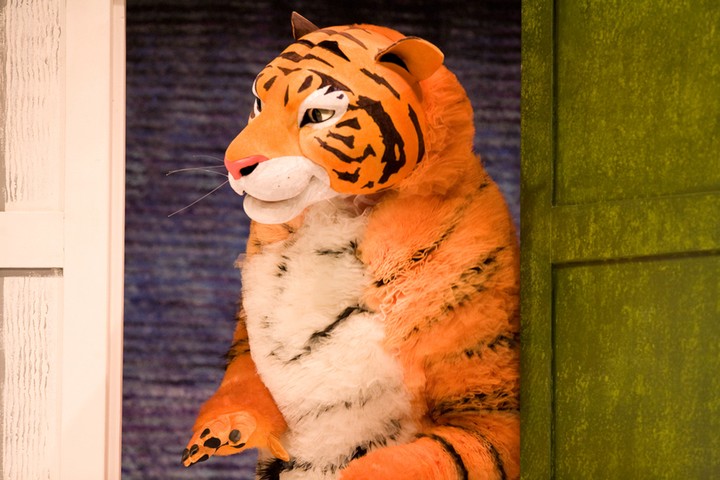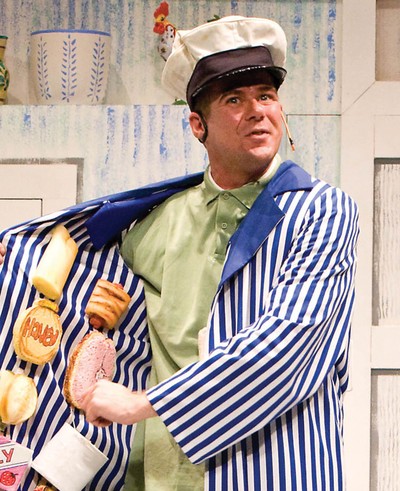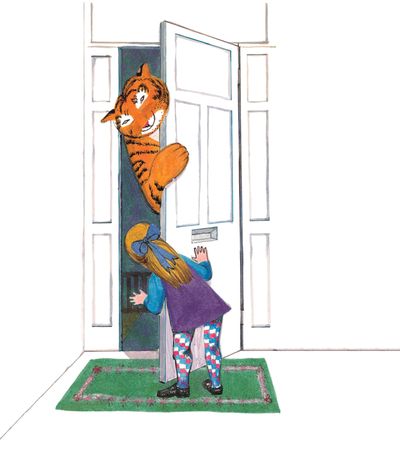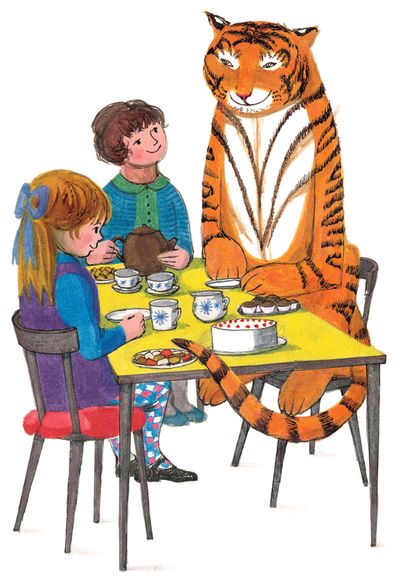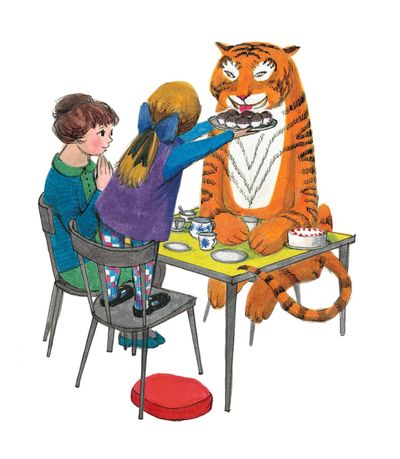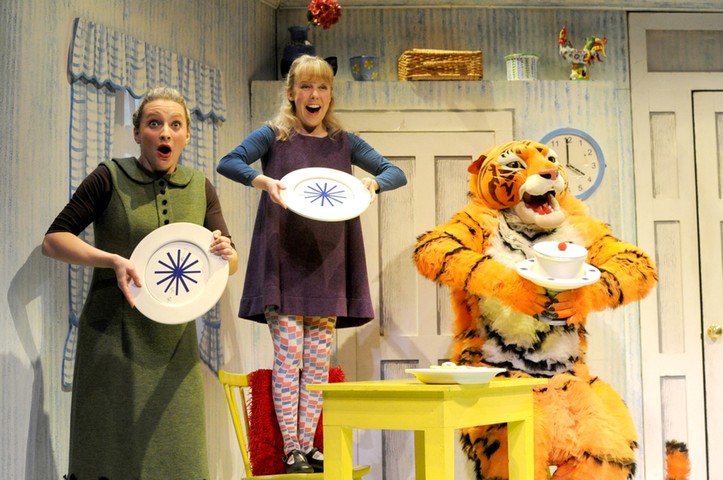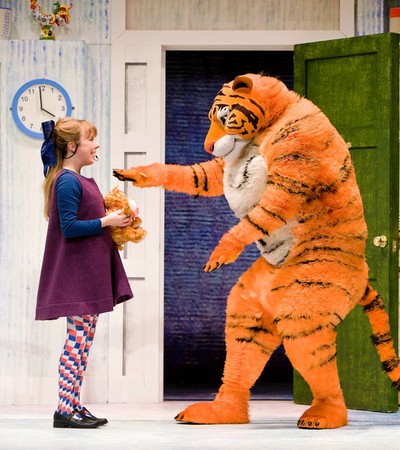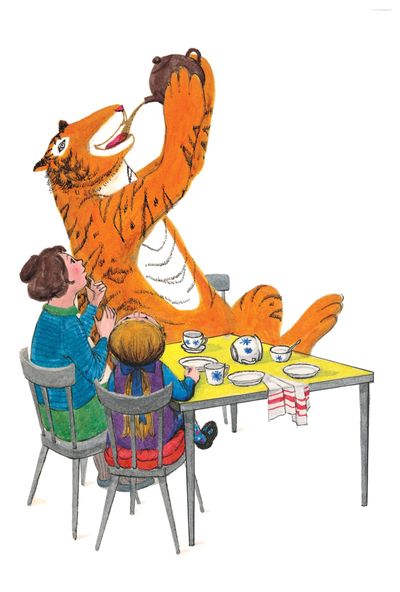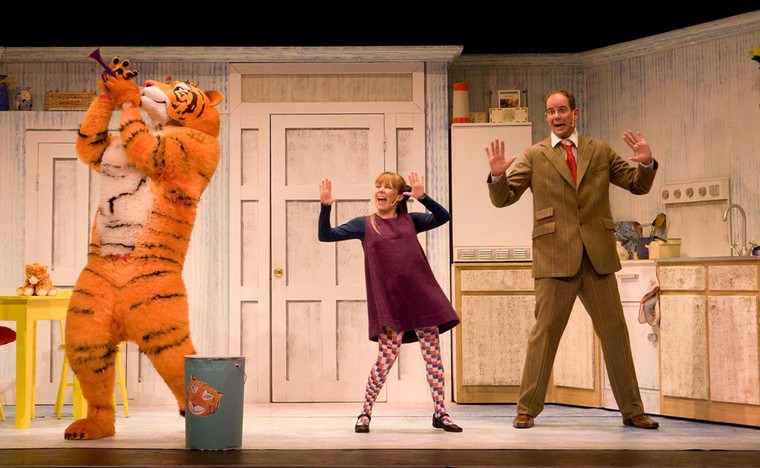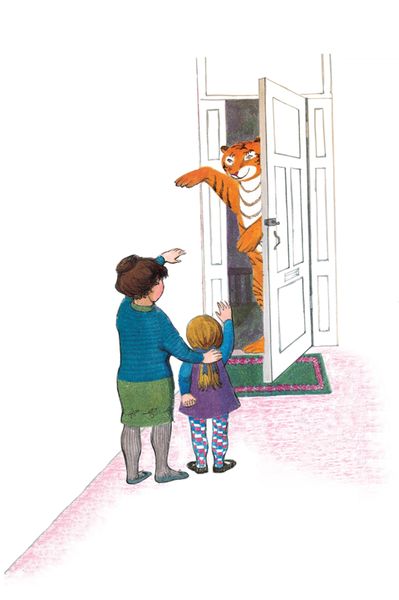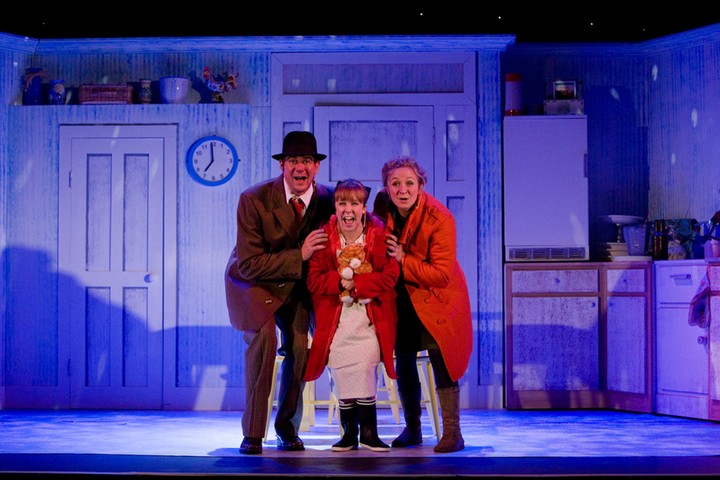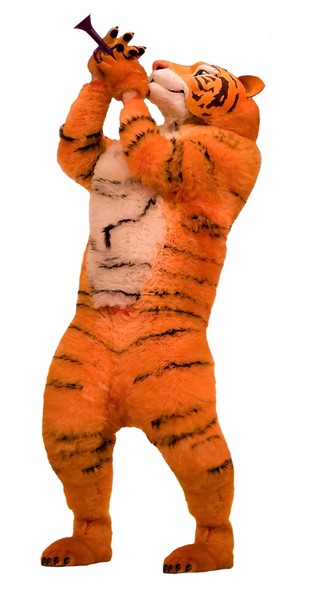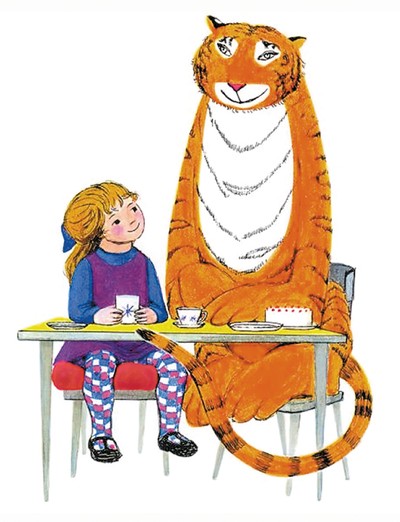
Enter our Tiger Who Came To Tea competition! You can win a copy of The Tiger Who Came to Tea signed by Judith Kerr plus four tickets to see The Tiger Who Came to Tea this summer at the Lyric theatre by emailing childrens.books@theguardian.com with the title "Tiger Who Came to Tea" by 29 June 2014, telling us why you want to see the play. See Ts and Cs in the last slide of this gallery. Photograph: Judith Kerr
